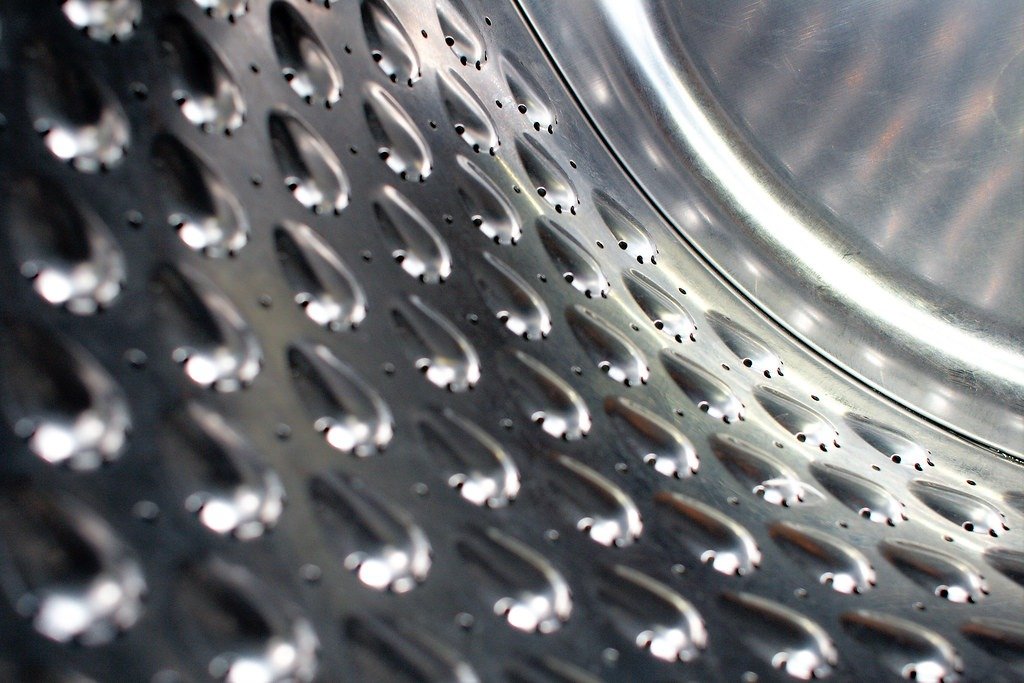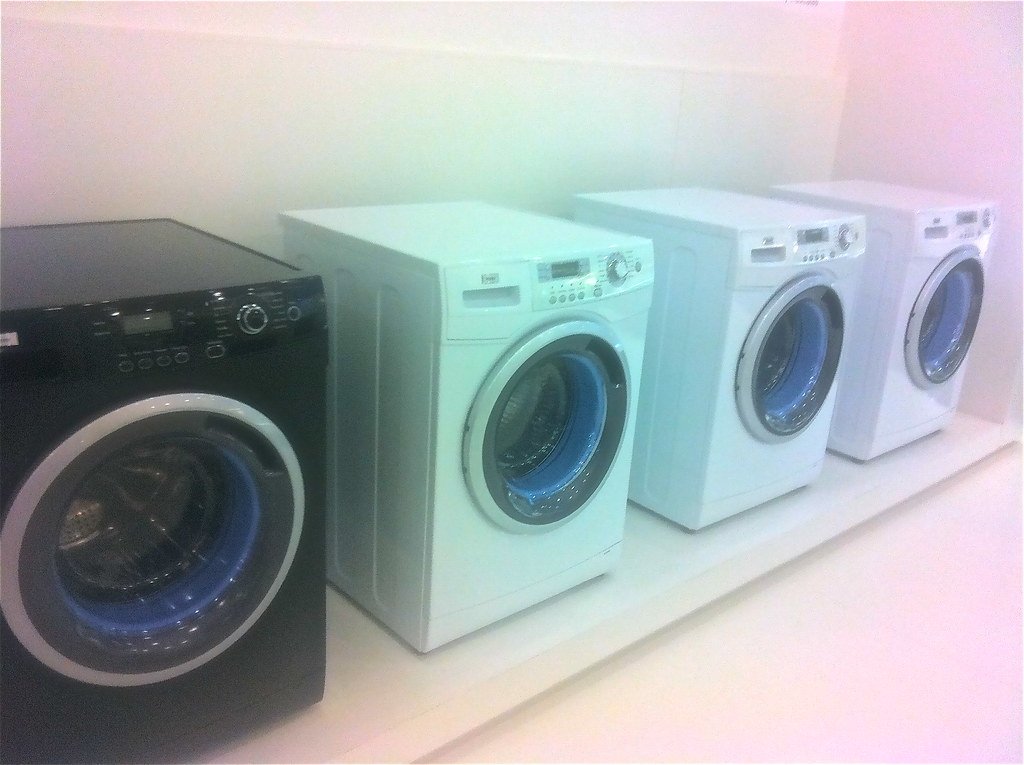
Heating elements in an oven can wear out just like tires do over time; replacing an element is relatively straightforward.
You can usually tell whether an element needs replacing by inspecting it for signs of wear (cracks, blisters or sagging) and then testing it using a voltage ohm meter.
Turn Off the Power
Prior to attempting to remove an oven element, it’s essential that you take appropriate safety precautions in order to avoid electrical or heat-related injuries. Start by turning off power by tripping the circuit breaker or unplugging your oven, and allow the element to completely cool before beginning its removal process. Once all power has been cut off, inspect it for damage such as “blistering,” then test its continuity with a multimeter to see whether it opens or shorts out.
Open your oven door and remove all racks so you can gain a clear view of its backside. Here you will see the metal backing plate holding in the baking element, along with any mounting clips (bands of metal that connect baking element to oven wall) and their screws that secure them.
Once your element is loose, remove its wires by pulling on them or using pliers to separate their connectors. Make a note of their connection points so you know how they need to be reconnected when installing your new element.
Unscrew the Element
Faulty elements in an oven can lead to uneven baking or may even stop it altogether, yet replacing an element is an easy and straightforward process. Simply turn off power (usually by switching off the breaker). Next, remove racks and door before disconnecting any wires connected with it.
After unscrewing the element from its mounting plate or bracket (usually secured with screws), loosen it from its secure location and pull gently. Disconnect both wire connectors attached to it before disconnecting them and pulling slightly to disconnect any wisps of smoke that might emanate from its core; this is normal and caused by factory coating burning off.
Be careful to untangle and separate the wires carefully in order to protect them from becoming tangled or damaged, then carefully take out and store away your old element as a reference for installing your new one.
Disconnect the Wires
Oven elements not heating up can often be traced back to burned-out wire connectors. This may have occurred as a result of power overload, short circuit, or improper installation of wires.
To disconnect wire connectors, first turn off the breaker switch for your oven. Then remove and pull out any racks. Depending on the type of oven, you may also have to take additional steps such as taking apart panels where elements are mounted.
Use your fingers or needle-nose pliers to gently pull or squeeze wire connectors and remove them from element terminals. Make sure not to lose a wire, and never pull on the actual wiring itself, which could pose a potential fire risk.
Once the wires have been disconnected, you can begin installing your replacement element. For typical 2-wire elements, it does not matter which wire connects with which terminal; as long as all wires connect correctly and any ground wire (rare) is properly attached. Always verify your work using a noncontact voltage tester if possible before continuing with any task that involves live wiring.
Reconnect the Wires
As long as the element retaining screws (if applicable) and wire connectors remain in tact, reassembling an oven heating element should be relatively straightforward; though this can sometimes prove tricky. If necessary, taking photos of how the old element was connected to its wiring could prove particularly helpful when installing its replacement later.
Once the element has been taken off the oven, gently pull on each wire until they release from their metal spade connectors on its end. Touching each end with the probe of a non-contact voltage tester may help ensure all circuit power has been completely turned off in your electrical service panel prior to proceeding with any further tasks. Be mindful not to drop any wires behind the wall as these could become lost over time and hard to find again later; temporary tape may help secure them to this wall temporarily as necessary.
Install the Element
Fitting either a new or old element into place requires no special tools; just screw in, making sure its metal screw plates face downward and wire connectors connect correctly with each other and the oven wall. Use a volt/ohm meter (VOM) to test its functionality; if its reading falls under 30 ohms it should be ready for operation.
Before doing anything else, clear away any obstructions to accessing the element. This might involve taking steps such as taking down oven racks and opening any panels on your stove’s front or back panel to gain entry to it.
After unplugging the element, search behind for any screws holding it in place – they could be hiding underneath baked-on food and you might need a flashlight to find them! Once removed, store away where they won’t get misplaced before disconnecting its wire connectors either using needle-nose pliers or fingers and remember their configuration; they’ll need reconnecting when installing your new element.


